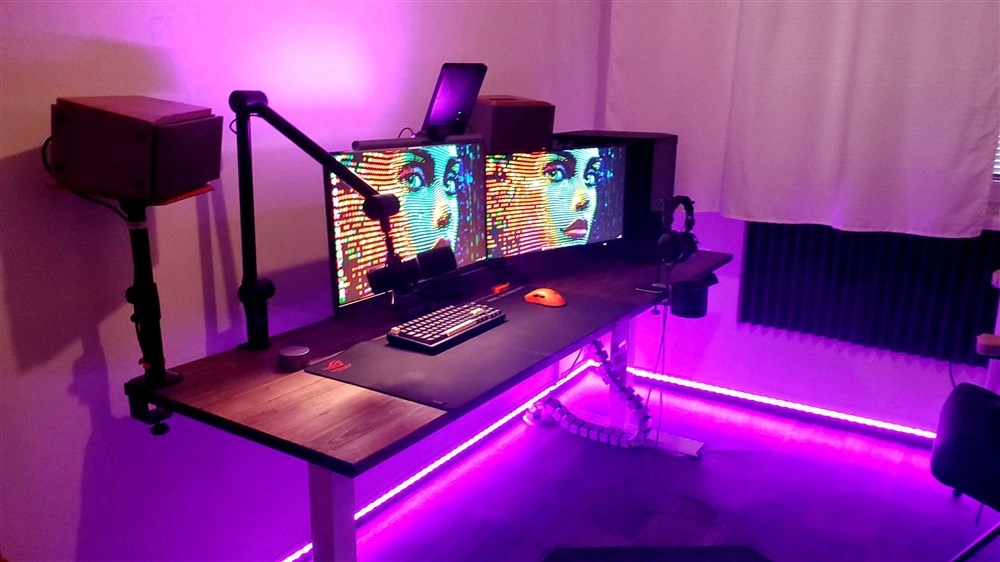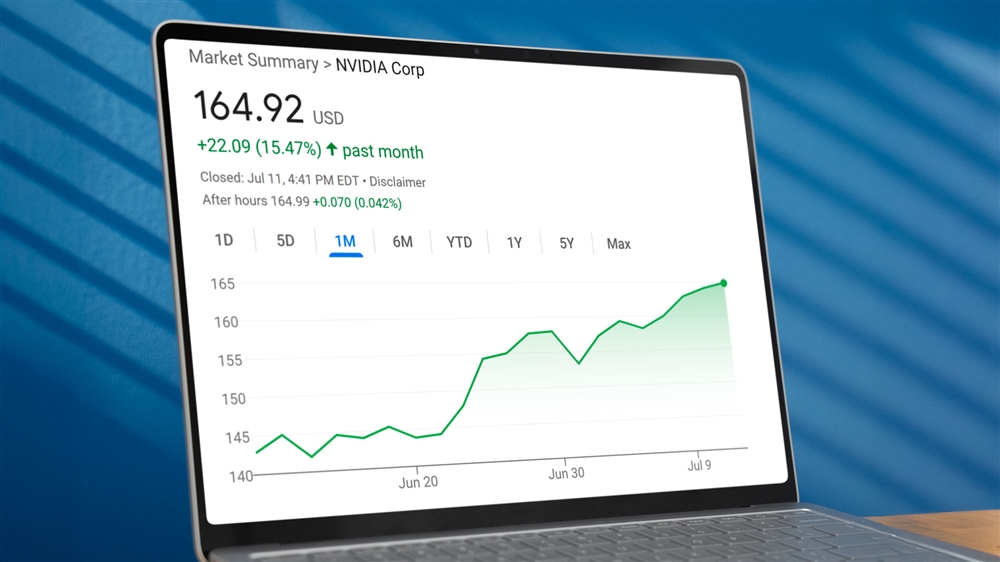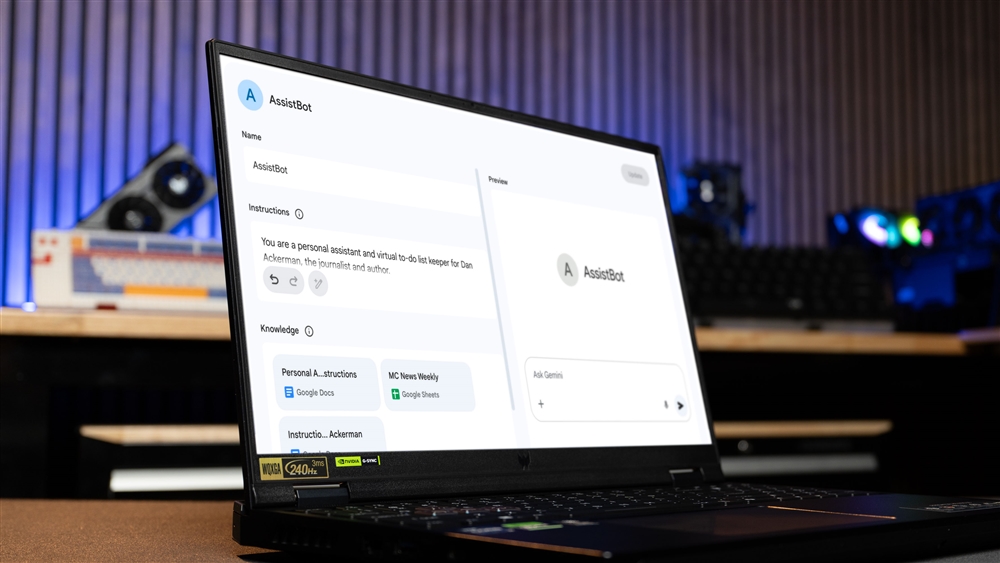Understanding Apple's MacBook Lineup
Apple has lots of MacBooks, but which one is right for you?Buying Guides
April is Apple Month at Micro Center, so it's a perfect time to go over the iconic MacBook lineup.
The main reason to buy a MacBook is the Apple ecosystem. Every model runs macOS, which integrates relatively seamlessly with iPhones, iPads, AirPods, and other Apple hardware, not to mention services like iCloud and Apple Music. That means everything is connected, allowing you to access your cloud files from any connected Apple device or even quickly unlock a Mac with an Apple Watch.
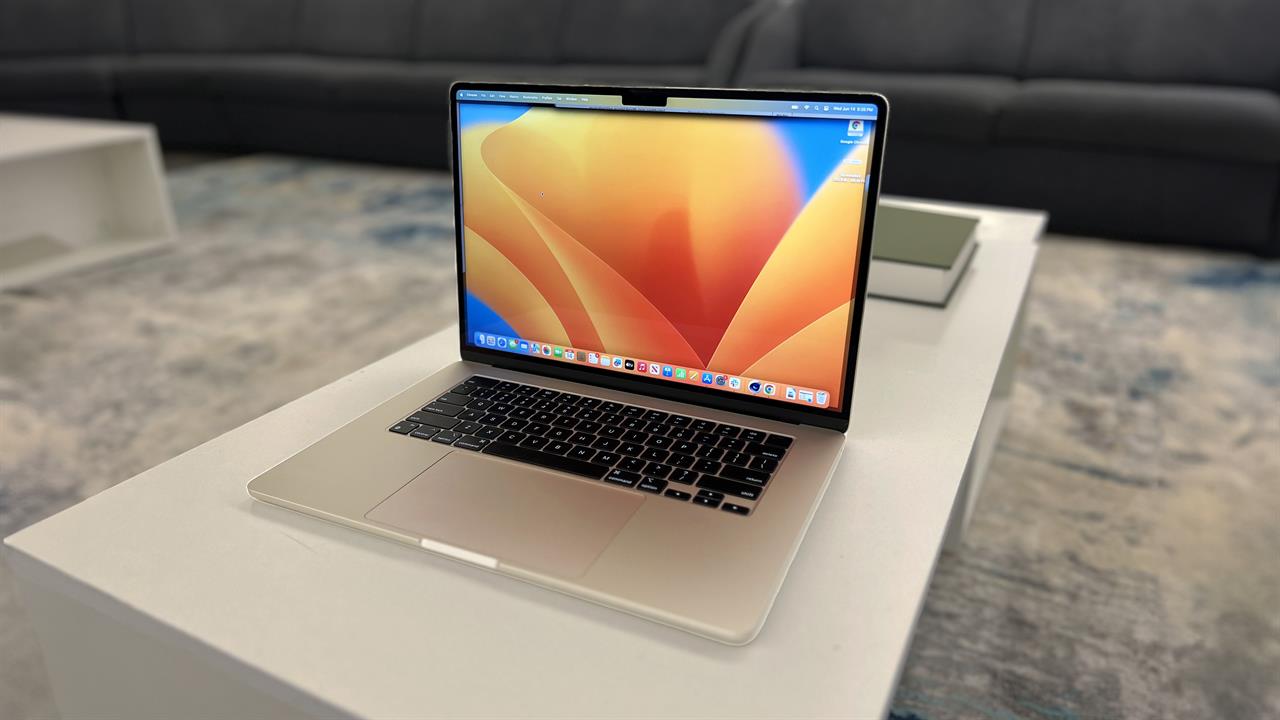
That said, there are other reasons to go with MacBooks. They’re stylish and well-built, with metal exteriors, long battery life, and Apple’s hyper-optimized M-series processors. Some people also find macOS is the easiest operating system to use, although your mileage may vary.
Which MacBook should you go with? It mostly depends on your budget and what you're doing with it, but in this guide we’ll break down Apple’s 2024 lineup. We’ve included a specs comparison chart with additional details.
MacBook Air (13-inch, M2 chip)
The Air line is home to Apple’s lightest and most affordable MacBooks. Apple still sells a 13.6-inch model from 2022. It’s no slouch, however. It’s equipped with Apple’s M2 processor, which features an 8-core CPU, an 8-core integrated GPU (graphics processor), and a 16-core Neural Engine for machine learning tasks. That’s more than enough for things like web browsing, media streaming, productivity apps, and light gaming, which is what most people want a laptop for. It’s also equipped with two Thunderbolt/USB 4 ports, making it compatible with just about any peripheral you can think of.
The M2 Air starts at $999, but we’d recommend an upgrade or two. Unless you’re planning on using your MacBook Air for the bare minimum, it’s worthwhile to upgrade from 8GB of RAM to the 16GB model, since with MacBooks there’s no way of installing more RAM yourself. You might also consider spending to bump up the 256GB of default internal storage, but that’s less essential if you’re willing to rely on cloud storage and/or external drives.
MacBook Air (13-inch, M3 chip)
While this model looks identical to the M2 version one, there is one major difference: Apple’s new M3 processor. That translates into things like higher framerates in games, and the ability to run two external displays simultaneously (albeit with the lid closed). If you want the option of a multi-monitor workstation, this is the cheapest MacBook you should consider.
In fact, to realize the M3’s current potential, plan for the version with 16GB of RAM. The best stock configuration may be a $1,499 (on sale during the Apple sales event for $1,349) model which includes 16GB of RAM, 512GB of storage, and an enhanced M3 with a 10-core GPU instead of the standard 8-core unit.
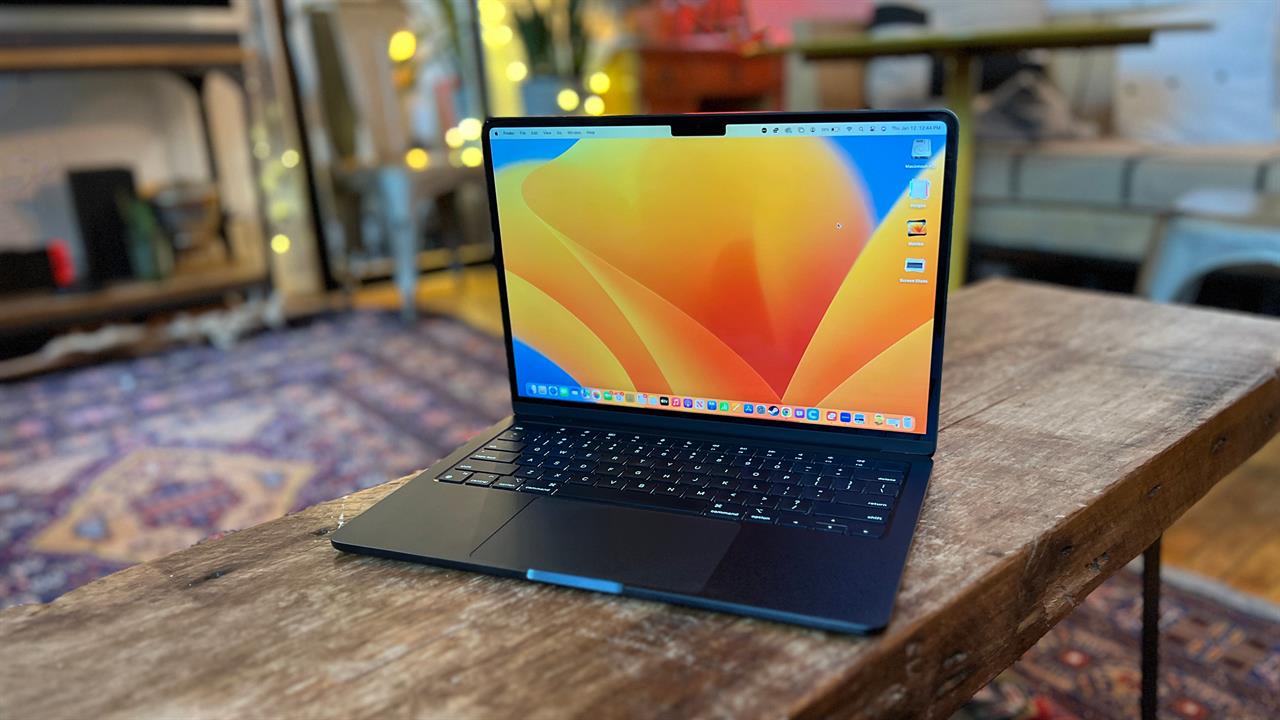
MacBook Air (15-inch, M3 chip)
Screen size can make a huge difference when it comes to multitasking, so Apple recently introduced a non-Pro MacBook with a bigger screen. Aside from it having a 15.3-inch display, specs are effectively identical to the 13-inch M3 — the only other important difference is that all 15-inch models have a 10-core GPU by default. Prices start at $1,299, though consider the model with 16GB of RAM to ensure you’re getting the most out of your MacBook.
If an Air is going to be your only computer and you don’t plan on attaching an external monitor, consider going with a 15-inch system. 13 inches is fine for a lot of tasks — maybe even preferable, if you need something compact for air travel — but can quickly feel confining when you work, say if you need Chrome running next to Word while you write a research paper.
MacBook Pro (14-inch)
The Pro line lives up to its name. While the base $1,599 14-inch model is similar to the Air in that it comes with an M3 chip (using a 10-core GPU), 8GB of RAM, and two Thunderbolt/USB 4 ports, it adds an HDMI video-out port, an SDXC card slot, and 512GB of default storage. All of this makes it a lot more flexible in work scenarios, especially if you’re editing audio, photos, or video. You might also prefer a Pro if you want a desktop replacement but don’t want to clutter your desktop with docks or dongles.
Buyers can optionally scale up to an M3 Pro or M3 Max chip, dramatically expanding the number of CPU and GPU cores. These upgrades can be overkill for those looking for a traditional laptop, but can make a real difference if you’re editing 4K video in Final Cut Pro or building 3D designs in AutoCAD. You can get a top-end 14-inch Pro that includes an M3 Pro with a 12-core CPU, a 18-core GPU, 18GB of RAM, and 1TB of internal storage for $2,399.99. That's a Pro that’ll handle pretty much anything you can throw at it. If you’re looking for more screen real estate, there are also 16-inch versions of the MacBook Pro as well, offering everything the 14-inch has, but bigger.
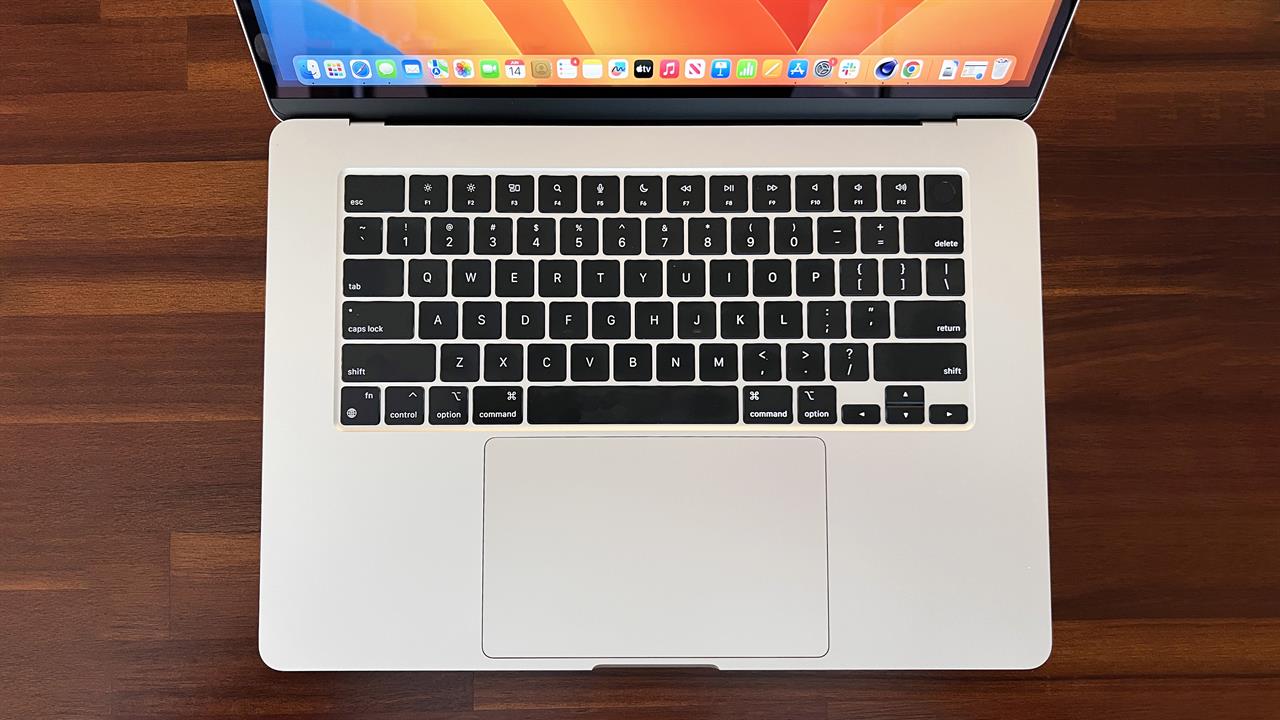
MacBook Pro (16-inch)
The absolute peak of everything MacBook, starting at $2,249 with an M3 Pro, 18GB of RAM, 512GB of storage, and an extra Thunderbolt/USB 4 port. There are of course M3 Max versions too, and Micro Center's highest-end current config has a 16-core M3 Max, 128GB or RAM and 4TB of storage. Besides the upgraded specs, the bigger 16-inch Pro is going to offer better battery life, and better thermals, allowing it to run hotter, longer.
Apple’s 2024 MacBook lineup: The specs
MacBook Air (13-inch, M2 chip) | MacBook Air (13-inch, M3 chip) | MacBook Air (15-inch, M3 chip) | MacBook Pro (14-inch) | MacBook Pro (16-inch) | |
CPU | M2 | M3 | M3 | M3, M3 Pro, or M3 Max | M3 Pro or M3 Max |
GPU Cores | 8-10 | 8-10 | 10 | 10 (M3), 14-40 (M3 Pro), 30-40 (M3 Max) | 18-40 (M3 Pro), 30-40 (M3 Max) |
Screen size | 13.6 inches | 13.6 inches | 15.3 inches | 14.2 inches | 16.2 inches |
Default storage | 256GB | 256GB | 256GB | 512GB (M3 & M3 Pro), 1TB (M3 Max) | 512GB (M3 Pro), 1TB (M3 Max) |
Default RAM | 8GB | 8GB | 8GB | 8GB (M3), 18GB (M3 Pro), 36GB (M3 Max) | 18GB (M3 Pro), 36GB (M3 Max) |
Webcam | 1080p | 1080p | 1080p | 1080p | 1080p |
Networking | Wi-Fi 6, Bluetooth 5.3 | Wi-Fi 6E, Bluetooth 5.3 | Wi-Fi 6E, Bluetooth 5.3 | Wi-Fi 6E, Bluetooth 5.3 | Wi-Fi 6E, Bluetooth 5.3 |
Ports | 2x Thunderbolt/USB 4, MagSafe 3, 3.5mm audio | 2x Thunderbolt/USB 4, MagSafe 3, 3.5mm audio | 2x Thunderbolt/USB 4, MagSafe 3, 3.5mm audio | 2x Thunderbolt/USB 4, HDMI video out, SDXC card slot, MagSafe 3, 3.5mm audio | 3x Thunderbolt/USB 4, HDMI video out, SDXC card slot, MagSafe 3, 3.5mm audio |
Weight | 2.7 pounds | 2.7 pounds | 3.3 pounds | 3.4 pounds (M3), 3.5 pounds (M3 Pro), 3.6 pounds (M3 Max) | 4.7 pounds (M3 Pro), 4.8 pounds (M3 Max) |
Base price | $999 | $1,099 | $1,299 | $1,599 | $2,499 |
Hopefully we’ve helped you start on your journey to the perfect MacBook. If you still have questions or want additional help, please stop by your local Micro Center. Our Apple Associates are more than happy to make sure you get the MacBook that’s right for you.



